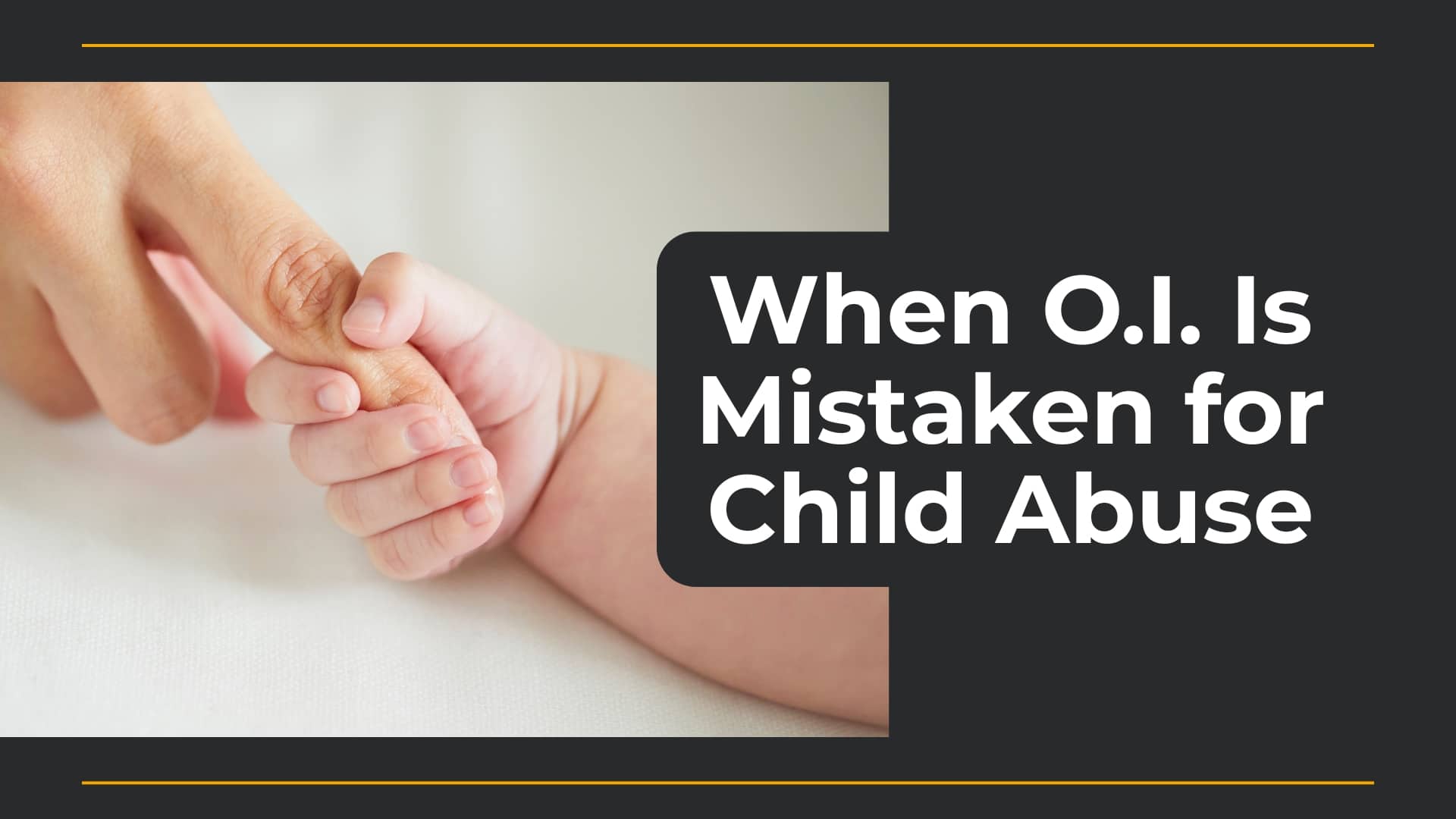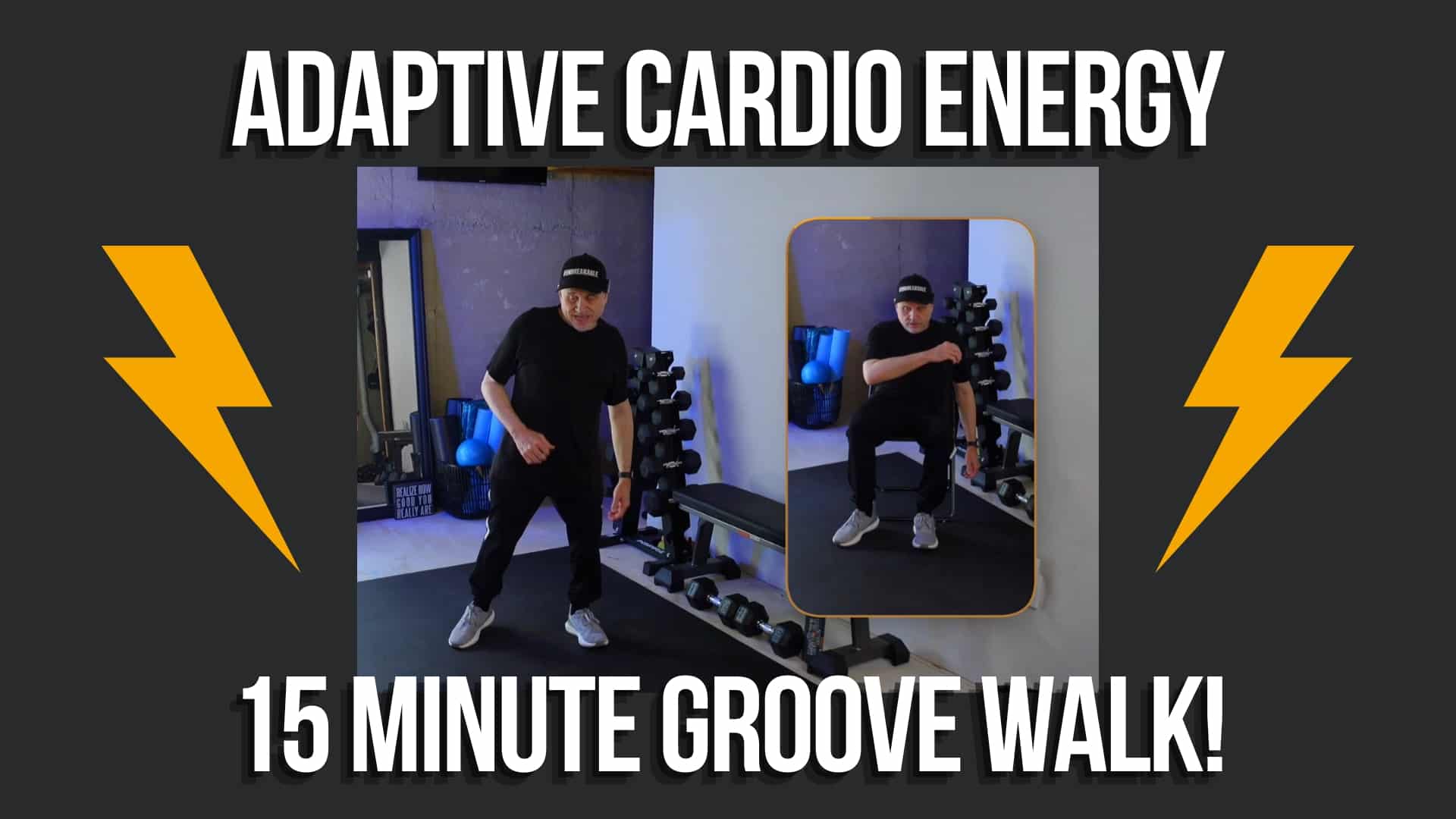Introduction: My Family’s Story
My parents went through this nightmare back in 1972. I was born with Type I Osteogenesis Imperfecta (O.I.), the mildest form, and like many children with O.I., I broke bones easily. At the time, awareness of O.I. was almost nonexistent. There were no online communities, no support groups, and very few doctors who truly understood the condition.
When I began to experience fractures, my parents were accused of abusing me. They were loving, gentle, and careful with me, but the system saw broken bones and assumed the worst. They were humiliated and treated as if they were guilty before anyone even considered a medical explanation.
That experience has stayed with me my entire life. It’s why I speak openly today—because no parent should ever go through what mine did. If you’re reading this because you’re facing or worried about O.I. mistaken child abuse, I want you to know that you’re not alone.
Why O.I. Can Be Mistaken for Child Abuse
O.I. causes bones to break easily. Sometimes fractures happen from something as simple as rolling over in bed, being lifted, or even sneezing. To someone unfamiliar with the condition, especially a medical professional or social worker, it can look suspicious.
Children with O.I. may experience:
- Multiple fractures at different healing stages
- Short stature or bone deformities
- Loose joints and muscle weakness
- A bluish tint in the whites of the eyes
- Hearing issues later in life
When these signs are overlooked or misunderstood, a pattern of fractures can look exactly like child abuse. That’s when child protective services (CPS) may get involved.
What the Numbers of o.i. Tell Us
While O.I. mistaken child abuse is rare, it does happen—and when it does, the consequences are serious.
- A French study following over six million children found that out of 160 later diagnosed with O.I., three had first been hospitalized under suspicion of abuse. That equals about 2% (CRESS, 2024).
- Another review of 61 families showed that in 70% of cases where O.I. was misdiagnosed as abuse, children were actually removed from their families before the correct diagnosis was made (PubMed).
Even though the overall numbers are small, the trauma for families is enormous when it happens.
What Parents Can Do If This Happens
If you ever find yourself in this situation—or if you’re worried you might—here’s what you can do to protect yourself and your child.
1. Build a Medical Team That Understands O.I.
Not every doctor is familiar with O.I., especially its milder forms. Ask for referrals to specialists: pediatricians, geneticists, radiologists, and bone experts who know how to differentiate O.I. from abuse. A multidisciplinary approach gives you stronger credibility.
2. Request the Right Tests Early
Don’t wait until things escalate. Ask for genetic testing to confirm O.I. If those results are unclear, collagen analysis or skin biopsies can help. A radiologist experienced in O.I. can often see differences in bone quality that point to the condition instead of trauma.
3. Document Everything
Start keeping records now—even if no one has questioned you yet. Include:
- Medical records
- Imaging results
- Genetic test reports
- Family history of O.I.
- A timeline of when fractures occurred
This paper trail may make all the difference if your family is questioned.
4. Create a Quick-Access o.i. Information Folder
Keep a folder with a one-page doctor’s note about your child’s O.I., a summary of common symptoms, and medical records. Bring it to the ER or any new doctor. Sometimes preventing suspicion starts with having clear information on hand.
5. Connect With O.I. Support Networks
Organizations and communities dedicated to O.I. provide resources, advocacy, and letters that you can use when talking with professionals. They can also connect you with other families who’ve faced similar struggles. Visit www.myoilife.com to get connected to the community through #OILife. For medical-based resources, reach out to the O.I.F. (United States) or the O.I.F.E. (UK).
6. Seek Legal Support if Needed
If CPS gets involved, you may need a lawyer experienced in both child welfare and rare medical conditions. Early legal advice can prevent missteps and help protect your parental rights.
The Emotional Toll on Families
Being accused of hurting your child when you know you’re doing everything to protect them is one of the most painful experiences a parent can endure. Families often describe feeling powerless, ashamed, and distrusted—even after O.I. is finally confirmed.
My parents lived with that trauma in the 70s, and families still face it today. Even when cleared, parents often carry anxiety about every future fracture: Will this be the one that leads to another investigation?
This is why knowledge, preparation, and support are so important.
A Step-by-Step Survival Guide
Here’s a practical checklist to follow if O.I. mistaken child abuse becomes a concern:
- Educate yourself. Learn the language of O.I. and be ready to explain it.
- Get confirmation. Push for genetic or collagen testing as soon as possible.
- Document everything. Every fracture, every visit, every detail.
- Communicate clearly. Stay calm and provide facts when questioned.
- Prepare ahead. Keep your medical folder handy for any new doctor or ER visit.
- Seek support. Connect with O.I. groups for resources and guidance.
- Know your rights. Get legal advice if CPS is involved.
- Don’t give up. Continue advocating for proper testing and recognition of O.I.
FAQs
How common is O.I. mistaken child abuse?
It’s rare, but studies show it happens in about 2% of O.I. cases. The damage it causes families is significant.
Can X-rays alone prove it’s O.I.?
No. Imaging helps, but genetic and collagen testing are much stronger evidence.
Should I wait for results before acting?
No. Start documenting and gathering support immediately, even while tests are pending.
What if my doctor doesn’t believe me?
Request a referral to an O.I. specialist or geneticist. Keep notes of every refusal and continue advocating for your child.
Key Takeaways
- O.I. mistaken child abuse is rare but real.
- A confirmed diagnosis and expert team are the best defense.
- Documentation and advocacy protect your family.
- Support networks and legal help provide strength and credibility.
- You are not alone—many families, including mine, have lived through this.
Final Thoughts and Call to Action
I know how devastating it feels when a family’s love is questioned. My parents went through it with me in 1972, and it left a mark on all of us. Today, families still experience the same pain, but there are more resources, more knowledge, and more community support than ever before.
If you’re facing this, please don’t wait. Start building your evidence, push for testing, connect with others, and stand firm. O.I. is real. Your child deserves to be understood, and your family deserves to be treated with dignity.
Stay strong, stay informed, and remember—you are #UNBREAKABLE.
Resource Box: Where to Get Help
If you or someone you know is dealing with O.I. mistaken child abuse, these trusted organizations and communities can help:
-
Living the #OILife
My community hub dedicated to spreading awareness, gaining acceptance, and sharing the awesomeness of O.I.
-
Osteogenesis Imperfecta Foundation (OIF)
Resources, education, and advocacy for individuals and families affected by Osteogenesis Imperfecta (O.I.).
-
Osteogenesis Imperfecta Federation Europe (OIFE)
International federation supporting people with O.I. worldwide.



